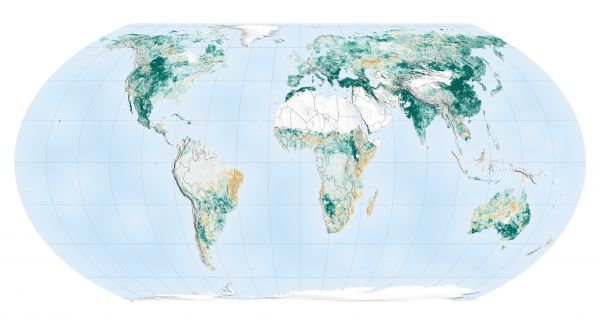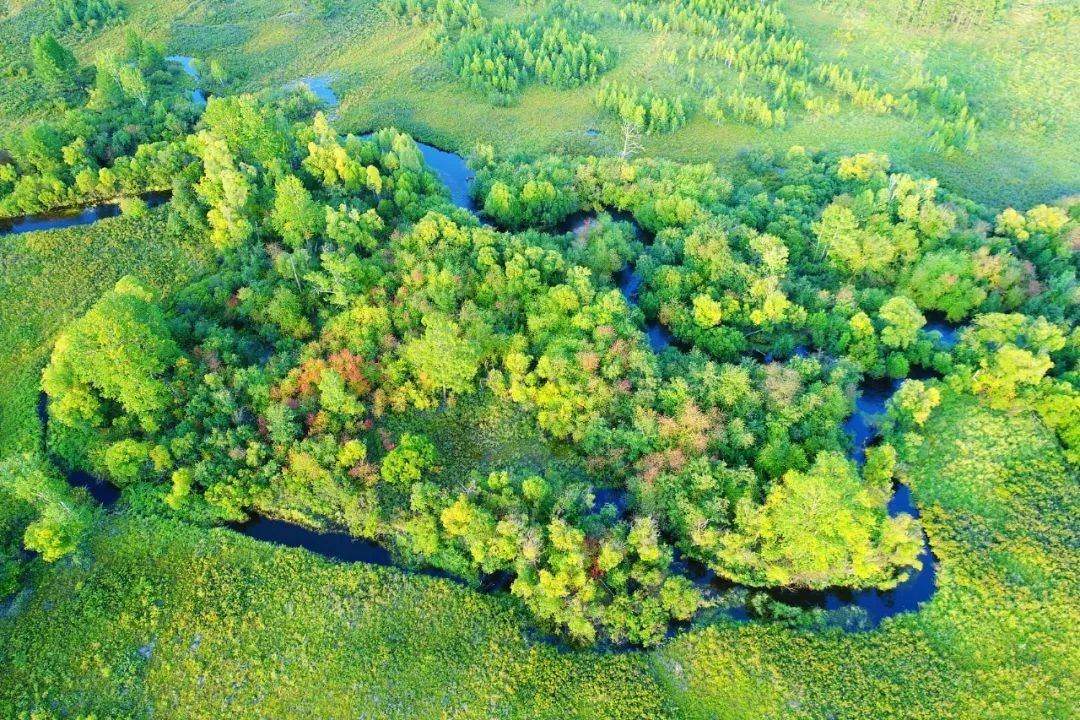According to (BBC), a recent study by an international team found that the contribution of China’s forest carbon absorption to the world is underestimated.
This report was published in the scientific journal Nature on October 28. Based on fieldwork and satellite observations, researchers analyzed that the scale of carbon dioxide absorption by newly planted forests in two regions of China was underestimated.

According to the report, an international research team found that the absorption of carbon dioxide by newly planted forests in two regions of China was underestimated. The team stated that the two regions together account for a little over 35% of China’s overall terrestrial “carbon sink” .
(Author’s note: Carbon sink refers to the process, activity or mechanism of absorbing carbon dioxide in the atmosphere through measures such as tree planting and afforestation and vegetation restoration, thereby reducing the concentration of greenhouse gases in the atmosphere.)
The two regions of carbon sinks that are seriously underestimated are China’s southwest and northeast regions. The BBC wrote in the report: “The two previously underestimated carbon sink regions are Yunnan, Guizhou and Guangxi in southwest China; and the northeast, mainly Heilongjiang and Jilin.”
Experts are surprised by the carbon reduction capabilities of China’s new forests
The afforestation area in these two regions has expanded rapidly, and the carbon reduction capabilities they brought have surprised foreign experts.
According to the study, these provinces have formed a pattern of large-scale rapid afforestation. In the past 10 to 15 years, the provincial forest area has increased by 40,000 to 440,000 hectares each year . The terrestrial biosphere in Southwest China has become China’s largest carbon sink, accounting for about 31.5% of China’s terrestrial carbon sink, far ahead of other regions.
The biosphere in the Northeast is seasonal, accounting for about 4.5%.
The co-author of the study, Professor Paul Palmer of the University of Edinburgh, said that although the scale of these forest carbon storage reservoirs is surprising, he pointed out that this conclusion is trustworthy .
“Bold scientific conclusions must be supported by a large amount of evidence, and we have done this in our research.” He told the BBC: “We have gathered a series of evidence from field measurements and satellite data, and have drawn a conclusion about China’s carbon cycle A consistent and tenable statement.”
Although carbon dioxide emissions account for about 28% of the world, China has announced that it will strive to achieve carbon neutrality by 2060.
According to reports, in recent years, China’s green vegetation growth is obvious to all. In recent decades, billions of new trees have been planted to combat desertification and soil erosion, and at the same time a flourishing wood and paper industry has developed .
China is an important force for global green
China’s net zero emission target is of vital importance to global carbon sink issues and climate change.
In 2019, NASA published a report saying that compared with 20 years ago, the world is getting greener and that China is one of the important contributors to this change.
According to the report, data from NASA’s Earth satellite show that afforestation and agriculture activities in China and India have led the earth’s greening process. “Satellite data (2000-2017) shows that the green belts in China and India are very eye-catching, overlapping with farmland around the world.”

China’s green belt is an important force leading the world to turn green. Even if it accounts for a small proportion of the global vegetation area, its growth rate is the first in the world . As NASA pointed out: “China’s vegetation area accounts for only 6.6% of the world’s total, but 25% of the global vegetation leaf area growth comes from China.”



